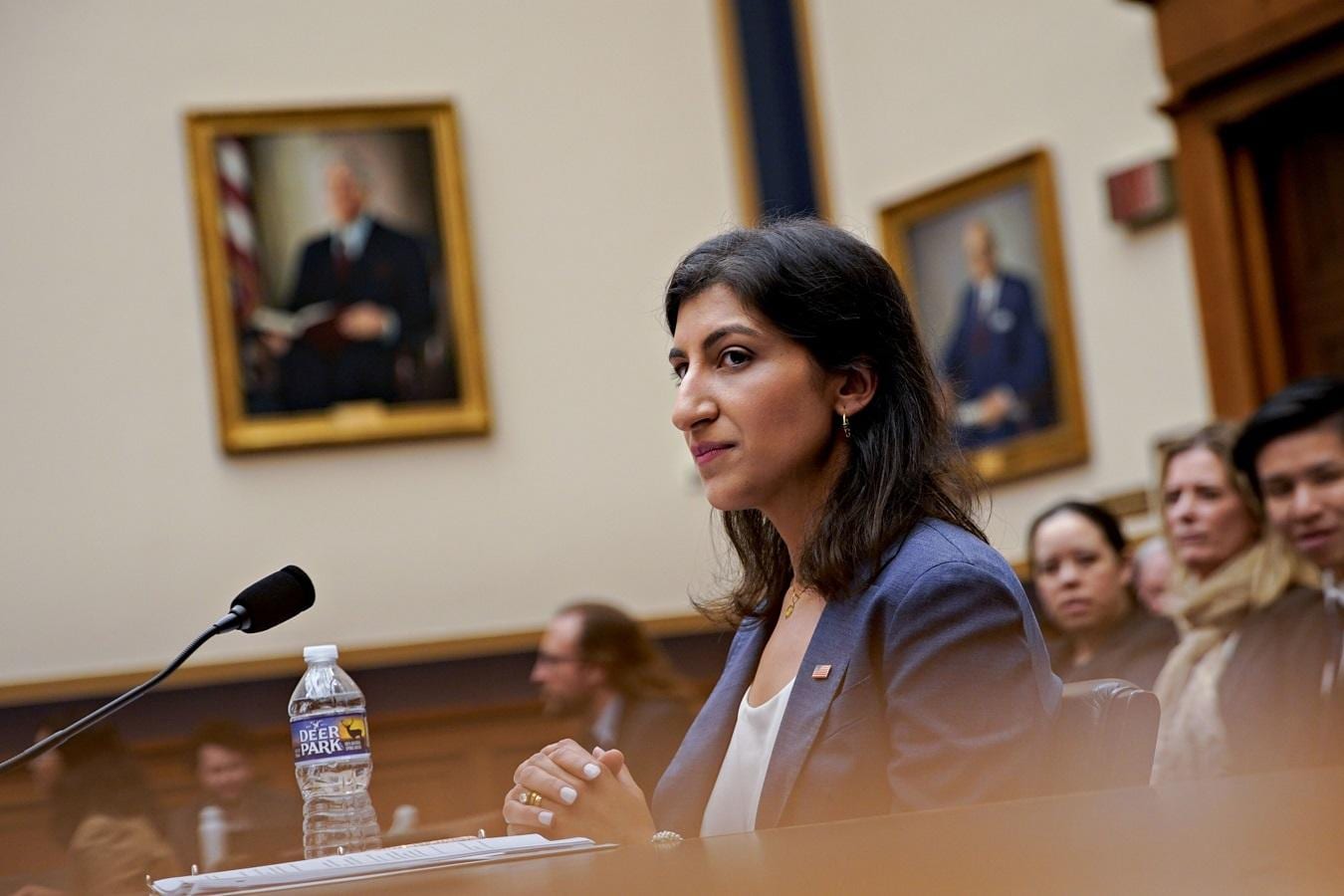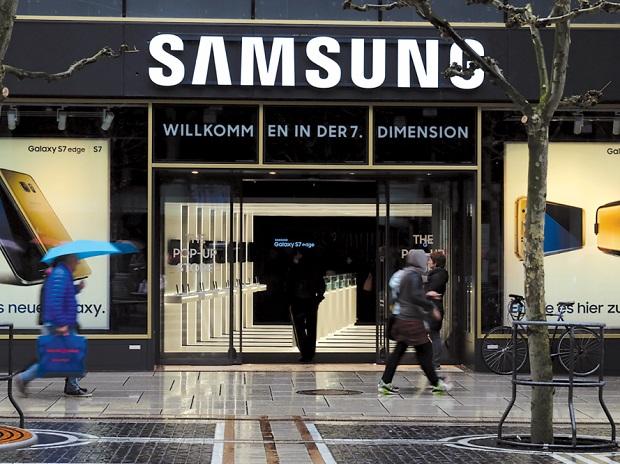By Leah Nylen
US antitrust agencies stepped up the Biden administration’s crackdown on mergers and acquisitions with a sweeping overhaul of rules the government uses to determine whether deals violate competition law.
The changes come on the heels of several bruising defeats for the government in blocking vertical mergers. Last week, the Federal Trade Commission lost a legal fight over Microsoft Corp.’s $69 billion deal to buy Activision Blizzard Inc. It was the third big failure for antitrust enforcers, after the Justice Department’s unsuccessful bids to block UnitedHealth Group Inc. from buying up Change Healthcare Inc. last year and AT&T Inc.’s 2018 Time Warner merger.
The 13 new guidelines proposed Wednesday by the Justice Department and FTC are part of an effort to curb the rise of companies that seek to dominate their industries by buying up rivals. The agencies are asking for public comments on the proposal over the next 60 days.
US regulators developed the new guidelines to provide greater transparency to the public and companies about how antitrust enforcers are thinking about the law as markets and industries change, Jonathan Kanter, the DOJ’s top antitrust cop, said in an interview with Bloomberg TV.
“Markets today are very different than they were 50 years ago,” Kanter said. “Those economic shifts, those new realities are necessary to understand to apply the law effectively.”
Under the proposed guidelines, enforcers said they will examine multiple mergers if a deal is part of a series of acquisitions made by a company within the same market. Agencies also will focus on the impact on workers when a deal involves companies that formerly competed for labor.
Enforcers may assume a deal would harm competition if the company’s market share after the acquisition will be greater than 30%, according to the agencies.
In an interview with CNBC, Khan said the updated guidelines will help ensure enforcers “fully addressing the realities of digital markets, the realities of how firms are pursuing M&A in the current environment.”
The White House heralded the guidelines update as an important revision to reflect changing economic conditions. Biden is set to meet with members of his Competition Council, which includes Khan and representatives from DOJ, later Wednesday.
Senator Elizabeth Warren, a Massachusetts Democrat and backer of Khan and Kanter, applauded the revamp, calling it “a much-needed update to counter the real harms posed by corporate monopolies.”
‘Chill Merger Activity’
The proposals are likely to draw criticism from House Republicans, many of whom have criticized Khan and Kanter for their more aggressive approach to antitrust enforcement.
The US Chamber of Commerce, the nation’s largest business lobby which has been highly critical of Biden’s antitrust enforcers, condemned the new proposal saying it upends decades of bipartisan consensus that mergers aid the US economy.
“These guidelines are designed to chill merger activity, which will deny smaller companies access to the capital and expertise they need to grow and place U.S. businesses at a disadvantage with their global competitors,” Chamber vice president Neil Bradley said.
The agencies began the merger rule revamp in January 2022 and have spent the past 18 months honing new guidelines that would apply to all mergers and acquisitions. Last month, they also proposed an overhaul of the information that companies must provide during merger reviews for the first time in 45 years.
The agencies last changed the guidelines for mergers between direct competitors in 2010. Separate guidelines for so-called vertical deals, which involve companies that operate in the same supply chain but don’t compete directly, were revised in 2020 under former President Donald Trump. Khan and her fellow Democratic FTC commissioners withdrew the agency’s approval of those changes in 2021.
The new proposal includes rules related to both horizontal and vertical deals as well as ones that involve online platforms.
Note:- (Not all news on the site expresses the point of view of the site, but we transmit this news automatically and translate it through programmatic technology on the site and not from a human editor. The content is auto-generated from a syndicated feed.))



